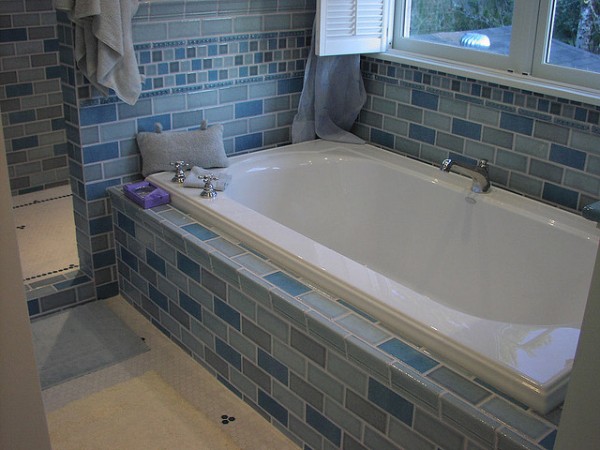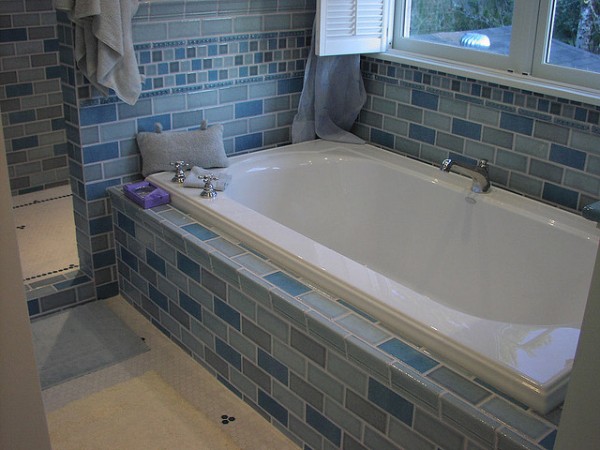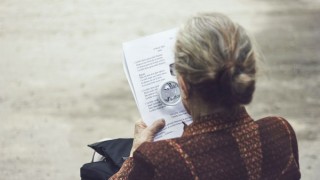Eczema may sound like a particular skin condition, but it really involves a number of different skin reactions that are lumped together under one umbrella term. They all generally involve inflammation or irritation of the outer skin layer and in some cases the inner skin layer as well.
The most common Eczema type is atopic skin irritation or dermatitis which seems to be similar to other inherited allergies.The condition is common in 1 or 2 out of 10 toddlers and about three percent or older patient up to adulthood. Most young patients no longer have the issue by age 10, but those who do continue deal with chronic flare-ups permanently, as there is no cure for Eczema.
Because the skin condition almost always involves skin itchiness and drying as well as irritation from scratching, relief and anti-inflammation methods are commonly sought by most patients as well as medical experts. The breakouts can appear all over the body and are not isolated to just one location in all patients.

Bleach May Work
Eczema has been linked to what seems like allergic reactions to: certain chemicals, liquids, fabrics, fragrances, gluten/oats and many other substances. Temperature conditions can also trigger problems with sky drying and lack of humidity or the opposite, depending on the specific patient. One chemical that has been seen as a positive tool, however, is bleach.
A bleach bath specific involves using a very small amount of bleach diluted into a hot bath. It is not to be applied directly ever, as straight bleach can immediately burn skin. Bleach baths for Eczema mixed properly can easily reduce bacteria levels on outside skin. That in turn can help inflammation go down, which also helps reduce the itching, swelling, skin redness and scaling. Combined with other topical treatments, the bleach bath method can produce both effective and irritation alleviating results.
How to Prepare and Use a Bleach Bath
Bleach baths should be mixed as follows:
- The mix of bleach should be very slight, to the level of 1/2 cup per every 40 gallons of water (i.e. very small). This would be essentially the equivalent of a large bathtub.
- The patient should only soak from the neck down and not submerge at all.
- Once ten minutes have passed, the tub water should be rinsed off and then gently dried by towel. Pat drying is best.
- Application of a skin barrier optimization moisturizer right afterwards can help increase the skin moisture level, reducing drying effects as well. Look for products that replace essential skin lipids and that are free from harmful: fragrances, chemicals and dyes.
- Bleach baths should be limited to three session per week at the most.
Taking more baths than the above limit or those with sensitive skin could realize a skin drying effect using a bleach mixture, in which case the sessions should be reduced. Before starting any routine a doctor should be consulted first for a specific patient’s case history and likely reaction.
In Summary
Again, there is no cure for Eczema, but practicing a number of routines that reduce skin bacteria and improve moisture can help skin from drying out, which in turn can increase itchiness and scratching as well as severe flare-ups. Combining a bleach bath with moisturizers and medicated treatments has been found to be beneficial.
+Dr.Lee Eberting is a board certified dermatologist who has dedicated her career to research and treatment of skin ailments. She writes regularly at cherylleemd.com



